Transition for Nisa Akay
Speaker

Bengu Nisa Akay
Turkey
I have been working as a Prof of Dermatology at Ankara University, Medicine Faculty, Department of Dermatology since 2017.I am an executive board member of the Turkish Dermatology Society, Dermoscopy Working Group, and also an executive board member of the IDS, as well as the social media, and website coordinator of the IDS.
Source event

QA Event (test TechOps)
Dear Colleagues, TEST PAGE
We are delighted to announce the first Dermoscopy | World Day 2024 on Saturday, May 11th, 2024.
The International Dermoscopy Society joined with Non-invasive Skin Imaging Groups and Partner Societies worldwide, invites you to explore the frontiers of Dermoscopy and to disseminate its knowledge beyond traditional borders.
Partner Societies:
Organized by the International Dermoscopy Society (IDS) in partnership with the Non-Invasive Skin Imaging Group of Partner Societies globally:
- International Trichoscopy Society
- Moroccan Society of Dermatology
- ICNI Group (Non-Invasive Skin Imaging Group of the French Society of Dermatology) of the Société Française de Dermatologie
- AIDNID (Associazione Italiana di Diagnostica Non Invasiva in Dermatologia), of Italy
- Japan Society for Skin Structure Research of the Japanese Dermatology Association
- MEIDAM, the Middle East International Dermatology & Aesthetic Medicine Association
- Sharm Derma
Scientific Committee:
- Giuseppe Argenziano (Chair) is Full Professor and Head of the Dermatology Unit at the University of Campania, Naples, Italy; Co-founder and past president of the International Dermoscopy Society; and Editor-in-Chief of Dermatology Practical and Conceptual Journal. His main research field is dermato-oncology, being the author of 700+ scientific articles and books concerning dermoscopy, melanoma, and non-melanoma skin cancer.
- Aimilios Lallas is an Associate Professor of Dermatology at the Medical School of Aristotle University of Thessaloniki. He has specialized and deals mainly with the prevention, diagnosis, and treatment of skin cancer and the management and monitoring. Dr Lallas is currently the President of the International Dermoscopy Society.
- Philippe Bahadoran is a distinguished figure in dermatology and oncology, holding board certifications in both disciplines and a PhD in Cell Biology. He currently serves as Professor of Histology at the University Hospital of Nice. An esteemed member of the EADV Project Proposal Review Committee and Associate Editor for the British Journal of Dermatology, Prof. Bahadoran’s contributions to the field are further underscored by his extensive publication record.
- John Paoli is Head of the Department of Dermatology and Venereology at the University of Gothenburg (Sweden). His research focuses on the prevention, epidemiology, early diagnosis, and optimal management of melanoma and non-melanoma skin cancers. He holds leading positions with the International Dermoscopy Society, the European Academy of Dermatology and Venereology, and the European Society of Micrographic Surgery.
- Elisa Cinotti is an Associate Professor at the University Hospital of Siena, Italy. After finishing her residencies at the University of Genoa and the University Hospital of Saint-Etienne, France, her work now focuses on cutaneous non-invasive imaging and in particular on Reflectance Confocal Microscopy. She has published over 170 peer-reviewed articles, most of them about dermatologic imaging.
- Awatef Kelati (Scientific Organizer) is an Assistant Professor of Dermatology at Mohammed VI University of Sciences and Health and a practicing dermatologist at University Hospitals in Casablanca, Morocco. A prominent figure in dermatoscopy, she contributes to the International Society of Dermoscopy's Task Force on Skin of Color and is a board member of the French Society of Dermatology's Non-invasive Skin Imaging Group. Prof. Kelati is noted for her research in dermoscopy, particularly in skin color and hair disorders.
Scientific Program:
Our scientific program provides comprehensive insights into dermoscopy’s application across various skin conditions and types. Expertise and innovative contributions from our partners are key to enriching this symposium’s dialogue.
Dermoscopy for Everyone.
Delve into the latest findings and insights presented in the Journal Dermatology Practical and Conceptual, and explore the innovative projects and perspectives from the International Dermoscopy Society (IDS) that are making dermoscopy accessible to all.
Dermoscopy in Pigmented Lesions.
Discover how dermoscopy is transforming the way we diagnose and manage facial pigmented lesions, uncovering a deeper understanding of skin health and aesthetics.
Diagnosis of Skin Cancer.
Join the crucial mission of improving the early detection and diagnosis of skin cancer through the lens of dermoscopy, a powerful tool in the fight against this prevalent disease.
Dermoscopy in Skin of Colors.
Delight in the rich tapestry of skin tones as we explore how dermoscopy is tailored to meet the unique needs and challenges presented by diverse skin types and colors.
We look forward to your active participation and to fostering partnerships that will continue to enhance patient care on a global scale.
Prof. Awatef Kelati
Scientific Organizer of the Dermoscopy | World Day 2023
International Dermoscopy Society
University Hospital Cheikh Khalifa, Mohammed VI
Similar videos
Source event Program
Dermoscopy in Pigmented Lesions

Psoriasis et comorbidités : une approche multidisciplinaire / Psoriasis and comorbidities: a multidisciplinary approach
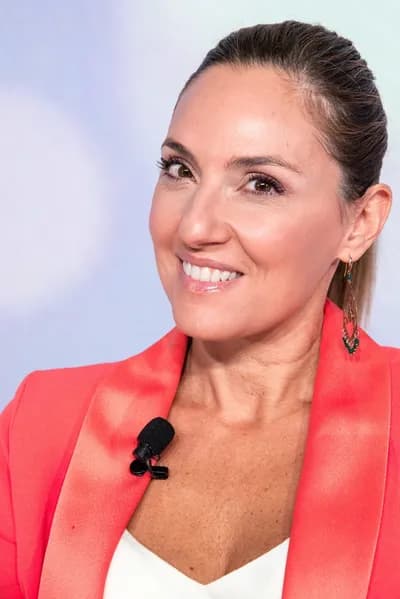
Dermoscopy of blue lesions
Diagnosis of Skin Cancer
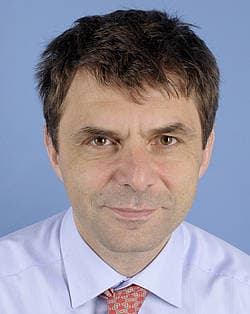
From actinic keratosis to squamous cell carcinoma: dermoscopy and update
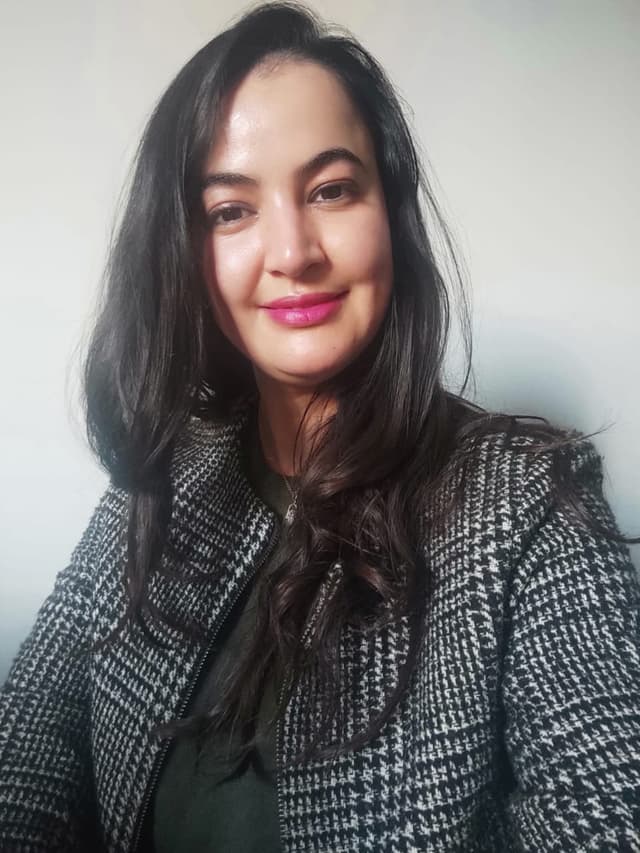
Dermoscopy in Basal cell carcinoma: diagnosis and management

Introduction to Dermoscopy Day
Dermoscopy of Facial pigmented skin lesions: tips and tricks
Might interest you
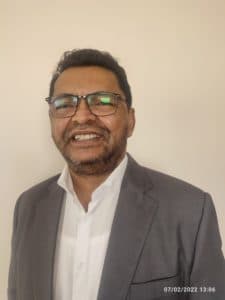
Cutaneous Medicine: Multidisciplinary Approaches in Dermatology
Chair: Prof. Fahafahantsoa Rapelanoro Rabenja,
This course explores the intersection of dermatology with other medical specialties, emphasizing a collaborative approach to diagnosing and managing complex skin disorders. It covers a wide range of topics, including dermatopathology, rheumatology, oncology, and infectious diseases, highlighting how systemic conditions manifest cutaneously. With contributions from experts in various fields, the text provides comprehensive insights into multidisciplinary care, advanced diagnostic techniques, and innovative treatments. Ideal for dermatologists, internists, and specialists, it bridges gaps between disciplines to improve patient outcomes in cutaneous medicine.
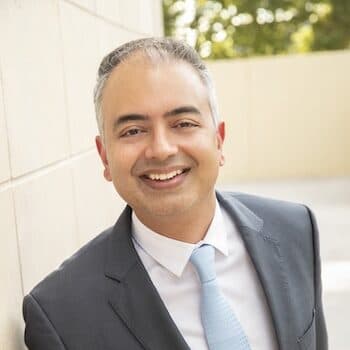
Pigmentation
Chair: Dr Seemal Desai, MD, FAAD
Hyperpigmentation is excess skin color from melanin. Understand melanin synthesis mechanisms and main causes.
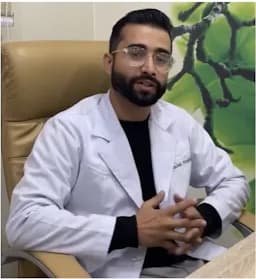
Neglected Tropical Skin Diseases
Chair: Dr. Prajwal Pudasaini, MD
Neglected tropical skin diseases affect poor populations in tropical areas. They include leprosy, mycetoma, and cutaneous leishmaniasis, causing disability and stigma. They receive little attention and resources, leading to poor diagnosis and treatment. Increased awareness and improved healthcare access are needed to help affected communities.
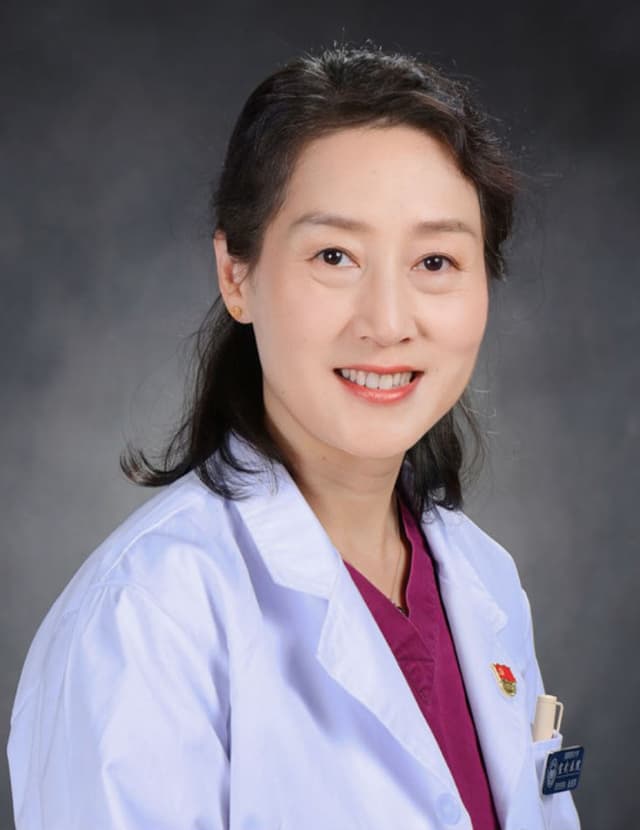
Acne Treatment in China
Chair: Prof. Haiping Zhang, PhD
Acne treatment in China combines traditional methods with modern practices.
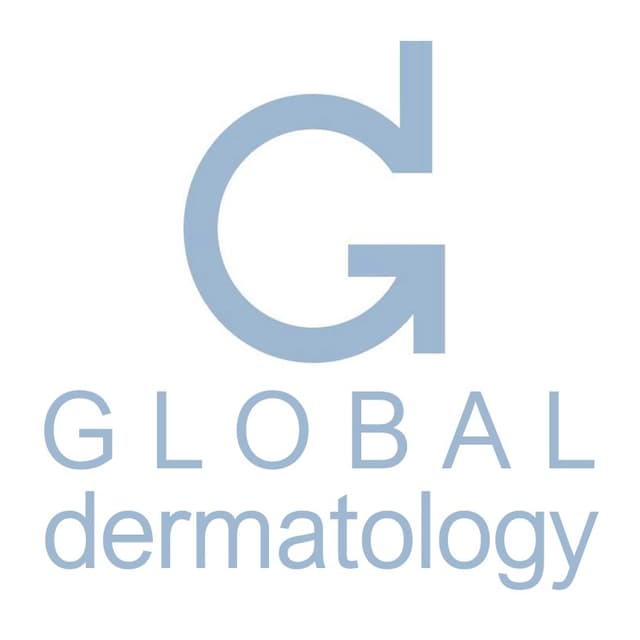
Cyspera Medical Education
Chair: Global Dermatology,
Cyspera® is a topical pigment-correcting treatment formulated with cysteamine, a naturally occurring compound that reduces the appearance of persistent hyperpigmentation, including melasma, post-inflammatory hyperpigmentation, and lentigines. It is known for being non-hydroquinone, suitable for long-term use, and effective on all skin types.

Topographic Dermoscopy
Chair: Prof. Awatef Kelati, MD
Topographic dermoscopy refers to the region-specific application of dermoscopic examination, emphasizing the unique morphological patterns found across different anatomical sites. On facial skin, the dermoscopic assessment requires recognizing patterns influenced by the high density of pilosebaceous units and sun-induced changes, often presenting pseudonetworks and annular-granular structures. The ear, with its thin skin and sebaceous gland concentration, reveals specific vascular and follicular clues important in distinguishing benign from malignant lesions.
On the chest and back, where the skin is thicker and sun exposure varies, dermoscopy must account for irregular pigment distribution and architectural disorder, especially in large nevi or early melanomas. Limb lesions may show distinctive features due to mechanical friction, hair density, and vascular variations, demanding precise interpretation to identify atypical nevi or skin cancers.
Palmar and plantar dermoscopy highlights the parallel ridge pattern critical for melanoma diagnosis, contrasting with benign acral patterns like the parallel furrow or lattice-like structures. Scalp and hair disorders benefit from trichoscopy, where dermoscopic evaluation reveals specific signs such as yellow dots, broken hairs, or black dots, aiding in the diagnosis of alopecia areata, androgenetic alopecia, or tinea capitis.
In nail disorders, onychoscopy enables visualization of melanonychia, hemorrhages, and nail matrix changes, crucial for distinguishing subungual melanoma from benign causes like trauma or fungal infection. Mucosal dermoscopy, though technically challenging, provides diagnostic clues in pigmented lesions of the lips, genitalia, or oral mucosa, requiring adaptation to moist, non-keratinized surfaces.
Finally, ultraviolet dermoscopy reveals a unique application: scabies mites fluorescing bright green under UV light, enhancing detection when traditional visualization fails. Topographic dermoscopy thus demands both anatomical knowledge and technical adaptation to maximize diagnostic accuracy across diverse body sites.

ACNE
Chair: Dr. Jerry Tan, MD
The ACNE | Education Series, led by Dr. Jerry Tan, is a comprehensive global medical education initiative designed to enhance the understanding and skills of dermatologists and healthcare practitioners regarding acne. Participants will gain insights from leading international experts on the latest advancements in acne research, innovative treatment options, and patient-centered care approaches. The event features interactive discussions, live Q&A sessions, and evidence-based strategies, all at no cost. The esteemed faculty includes specialists from the USA, Italy, France, the UK, Singapore, Greece, Australia, Canada, and Germany. This is a valuable opportunity to improve clinical competencies and stay updated on current acne management practices.
Attendees will acquire up-to-date knowledge on acne pathophysiology, new therapeutic options, and patient-oriented management strategies to optimize clinical outcomes in acne treatment. The session will also provide practical insights through expert-led discussions and evidence-based approaches.
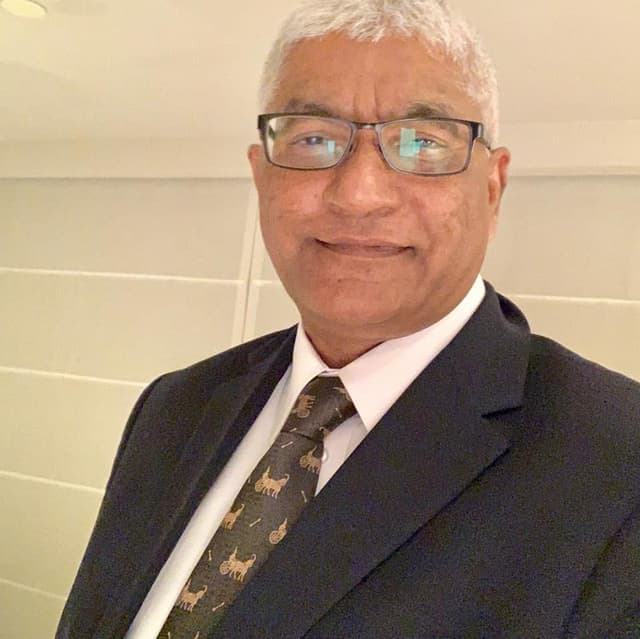
Psychodermatology
Chair: Prof Mohammad Jafferany, MD
This specialized course explores the vital intersection between dermatology and mental health, equipping clinicians with the knowledge and tools to manage psychodermatological conditions effectively. Through a blend of theoretical knowledge and practical application, participants will learn to diagnose and treat dermatological delusional disorders, identify psychiatric comorbidities in skin disease patients, and implement mental health strategies for chronic dermatoses. The curriculum also examines psychological factors in cosmetic dermatology and provides cutting-edge screening techniques for body dysmorphic disorder, including modern digital manifestations like Zoom dysmorphia. Adopting a patient-centered approach, the course emphasizes multidisciplinary management of conditions where psychological and dermatological factors interact. Participants will gain expertise in recognizing psychiatric components of skin diseases, addressing the emotional
burden of chronic conditions, and applying ethical principles in cosmetic practice. The training combines expert instruction with case-based learning to bridge theory and clinical practice. Designed for dermatologists, psychiatrists, psychologists, and primary care providers, this program enhances clinicians' ability to deliver holistic care that addresses both the visible and invisible aspects of skin disorders. Upon completion, practitioners will be better prepared to manage complex psychodermatological cases while improving patient outcomes through integrated mind-skin healthcare.

Tropical Dermatology and Neglected Tropical Dermatoses
Chair: Prof. Fahafahantsoa Rapelanoro Rabenja,
Dermatological diseases, particularly neglected tropical diseases (NTDs) with skin manifestations like deep mycosis (chromoblastomycosis, sporotrichosis, mycetoma), scabies, leprosy, lymphatic filariasis, and cutaneous leishmaniasis, pose major challenges for healthcare systems in resource-limited regions of Africa, Asia, and Latin America. These conditions severely affect vulnerable populations, suffering from frequent underdiagnosis and inadequate treatment that exacerbates suffering. Diseases such as atopic dermatitis are also under consideration for inclusion as skin NTDs through collaborative efforts involving ISAD, ASDV, and WHO. Furthermore, albinism, highly prevalent in sub-Saharan Africa, presents significant social challenges including stigmatization and occult beliefs. Despite these complex difficulties, the field is undergoing a historic transformation driven by science and technology, particularly artificial intelligence (AI), which offers tangible tools for improving diagnosis, treatment, and prevention. The participation of global experts facilitates vital knowledge exchange, exploration of innovative solutions, and helps address critical shortages of human and material resources in remote areas.
Learning Objective:
Understand the complex challenges posed by dermatological diseases, especially skin NTDs and conditions like albinism, in resource-limited settings, and recognize the critical role of global collaboration, technological innovation (particularly AI), and expert knowledge exchange in developing solutions to improve diagnosis, treatment, prevention, and resource allocation.

Dermoscopy
Chair: Prof Awatef Kelati, MD
This comprehensive dermoscopy course provides dermatologists and healthcare professionals with essential skills in skin lesion evaluation, covering fundamental principles through advanced diagnostic applications across five key areas: global dermoscopy practices, pigmented lesion analysis (including differentiation of benign and malignant patterns), specialized techniques for skin of color, skin cancer detection (melanoma and non-melanoma), and general dermatological conditions (inflammatory, infectious, and hair/nail disorders). Participants will develop proficiency in recognizing diagnostic patterns, adapting techniques for diverse skin types, and applying dermoscopic algorithms, ultimately enhancing their clinical accuracy through a combination of theoretical knowledge and practical case-based learning. The course emphasizes real-world application, addressing both common and challenging scenarios in dermatological practice.
